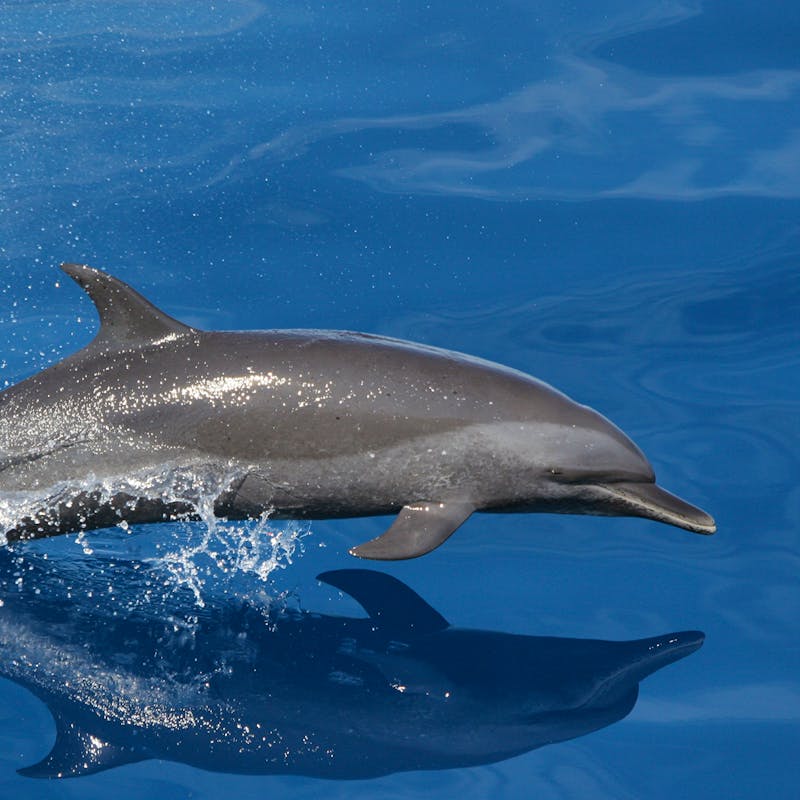Defenders Helps Protect Endangered Beach Mice and Threatened Shorebirds in Florida State Park
Just like beachgoers who like to wiggle their toes in the sand, hundreds of resident and migratory animal species, including many threatened and endangered shorebirds, sea turtles and beach mice, claim Florida’s beaches and adjacent dunes as home, for nesting or resting. These species’ habitats are being squeezed by ever increasing competition with Florida’s nearly 95 million tourists and the state’s nearly 20 million residents, of which 75 percent live within 10 miles of the coast.
Today only about a third of Florida’s 825 miles of sandy beaches along the Gulf Coast and Atlantic Ocean are protected within parks. State and local governments, especially those in rural northwest Florida, haven’t done enough to protect coastal beach habitats, and they haven’t ensured that private development allows access to the surf. In response, growing numbers of beachgoers are pushing for more convenient access to protected wild beaches managed for habitat and species.
This is a volatile political issue in Walton County, home of the beach communities of Seaside and Sandestin. The South Walton Tourism Development Council is leaving no stone unturned in its efforts to increase the number of access sites to promote tourism and serve resident beachgoers. Although there are more than 80 access rights-of-way to the beach in the county, most were designed for pedestrian access by adjacent neighbors. There are only a few regional access sites with public parking, and these are generally found at the three state parks in the county.
Through our network of conservation allies, we learned about the Council’s proposal to build a new one-third mile long boardwalk through critical species habitat in Topsail Hill Preserve State Park. I contacted the U.S. Fish and Wildlife Service and the Florida Park Service and learned that this portion of the state park was set aside to protect critical habitat for the endangered Choctawhatchee beach mouse, and nesting and foraging areas of the threatened snowy plover and least tern. The boardwalk’s location — a rare stretch of wild beach framed between the outfalls of two rare coastal dune lakes — could make these imperiled species more vulnerable to predators and human disturbance. For example, it would create elevated perches for hawks and other predatory birds, and provide easy access for free-ranging dogs and cats. Not good for an endangered mouse!
With this information, I coordinated with allies and we testified against this ill-advised proposal before the Walton County Commission at two public hearings. Along with us, many local residents concerned about the proposal reminded Commissioners that the existing but underutilized main entrance to the State Preserve provides plenty of convenient parking and access to beach users. Spending over $400,000 in tourist taxes to create a beach access that functionally serves only an adjacent neighborhood simply doesn’t make sense – especially at such a cost to endangered species like the Choctawhatchee beach mouse.
Due to broad public opposition, I am happy to report that Walton County has withdrawn its support for developing this boardwalk through Topsail Hill State Preserve. Ill-advised ideas like this rarely die slowly, so Defenders will continue to monitor future proposals and look for alternatives for public access to beaches – alternatives that do not cut through important habitat.

Taking heed of Mark Twain’s and Will Rogers’ advice to “Buy land, they ain’t making any more of the stuff,” Defenders is significantly invested in promoting the passage of Amendment 1. If approved by Florida’s voters on November 4th, Florida will have dedicated funding for the next 20 years to protect wildlife habitat, conserve, manage and restore lands and waters, including the Florida Everglades. Defenders’ priorities for these funds are conserving habitats of key species such as Florida manatee, Florida panther, sea turtles, beach mice and gopher tortoises. We are also leading advocates for protecting wildlife corridors that connect core habitat areas, which are essential to the survival of the Florida panther and beneficial to many other species. In Northwest Florida, I am also working to ensure these wildlife habitats and corridors are protected during highway construction and development projects. Protecting places that imperiled wildlife rely on is a vital component of conservation, and Defenders of Wildlife is working hard to help Florida species survive and thrive.
Kent Wimmer is the Northwest Florida Representative at Defenders of Wildlife




